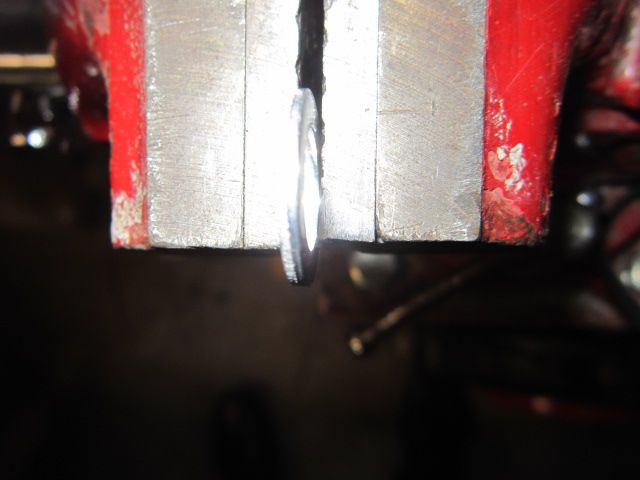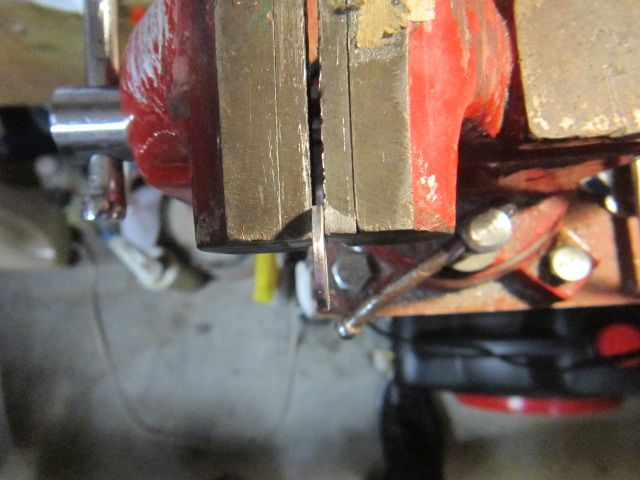JohnE700x
New Member
Just a quick fact for all those who don't know. The oil drain plug washer is actually a "crush" washer. If you turn it sideways you can see the difference in the metals used. It is a "one time use" washer. If you do not change it out your are putting a steel bolt up against an aluminum case. I have seen way too many drain bolts pull the threads out of a case over the years.







